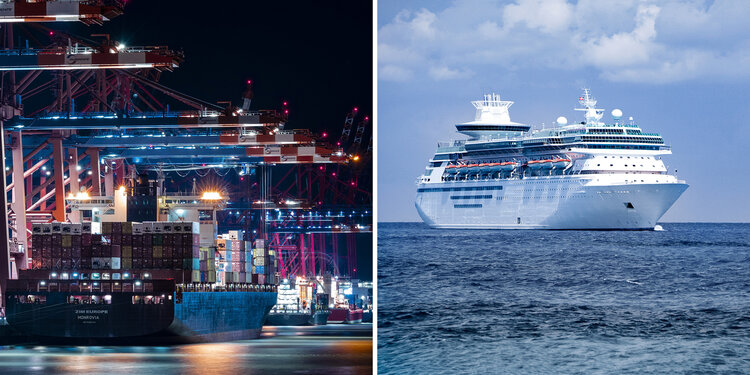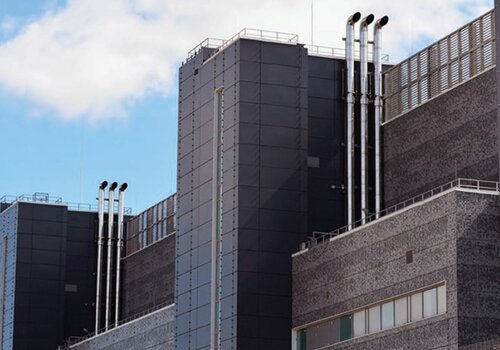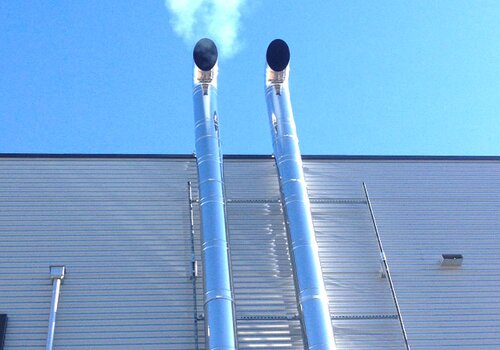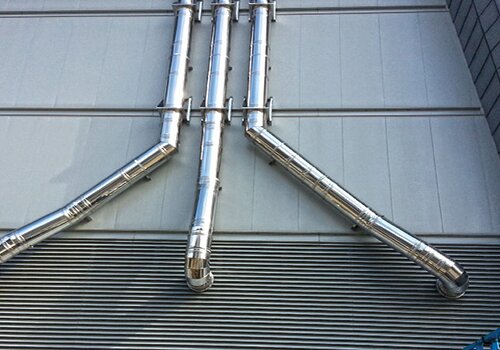Any commercial steel chimney or flueing system will always suffer from some sort of corrosion over time. The regular use of venting systems for heat and the scale of the developments means that maintenance needs to be regular.


News
Schiedel were involved with the New Skolkovo site, which is one of the biggest Data Centres in Europe. It was constructed for Sberbank. This...

News
An interesting project was for Equinix, who provide high secure data centres throughout the world.

News
The Wellcome Genome Campus homes some of the world’s advanced organisations in the field of genomics and computational biology.